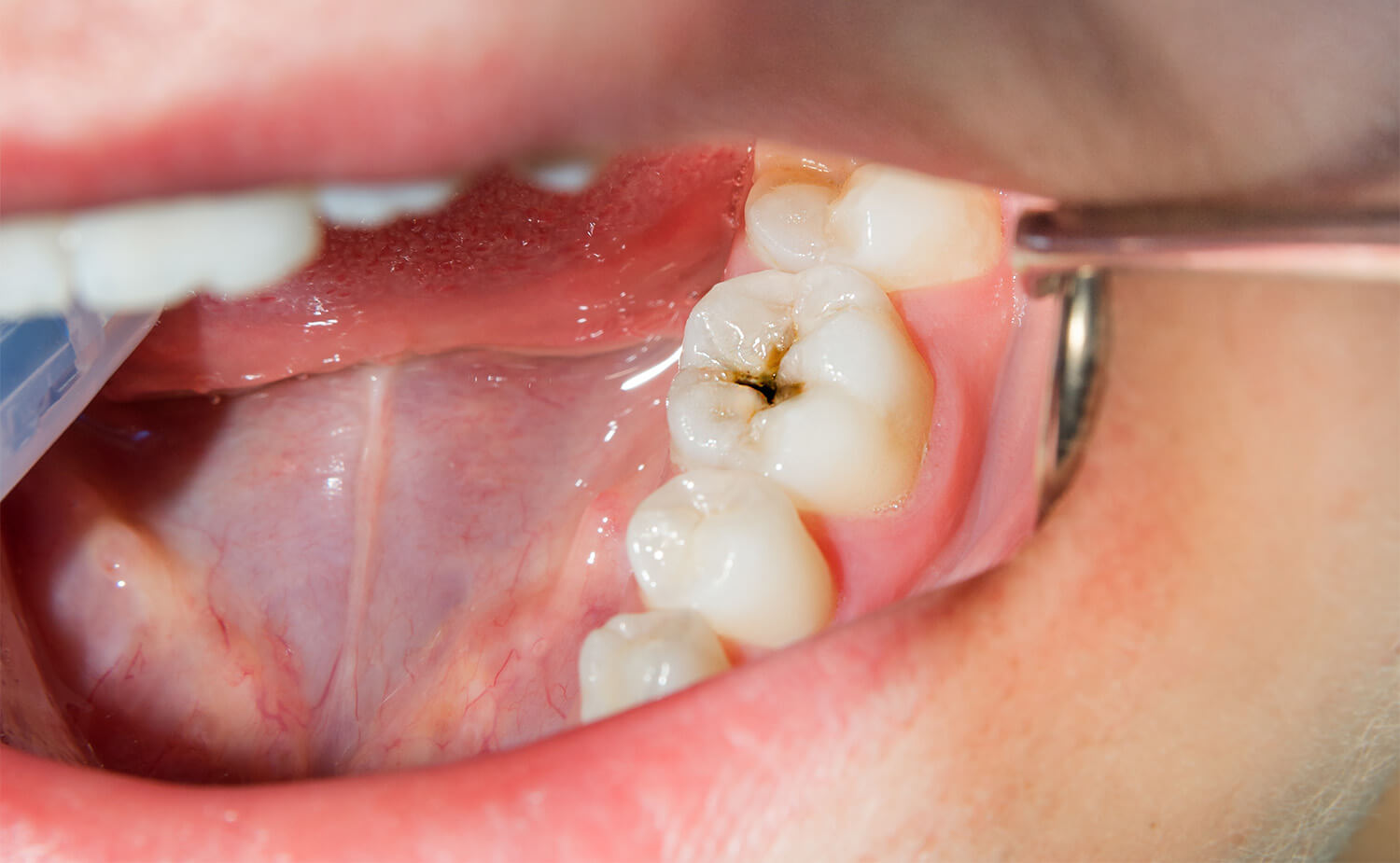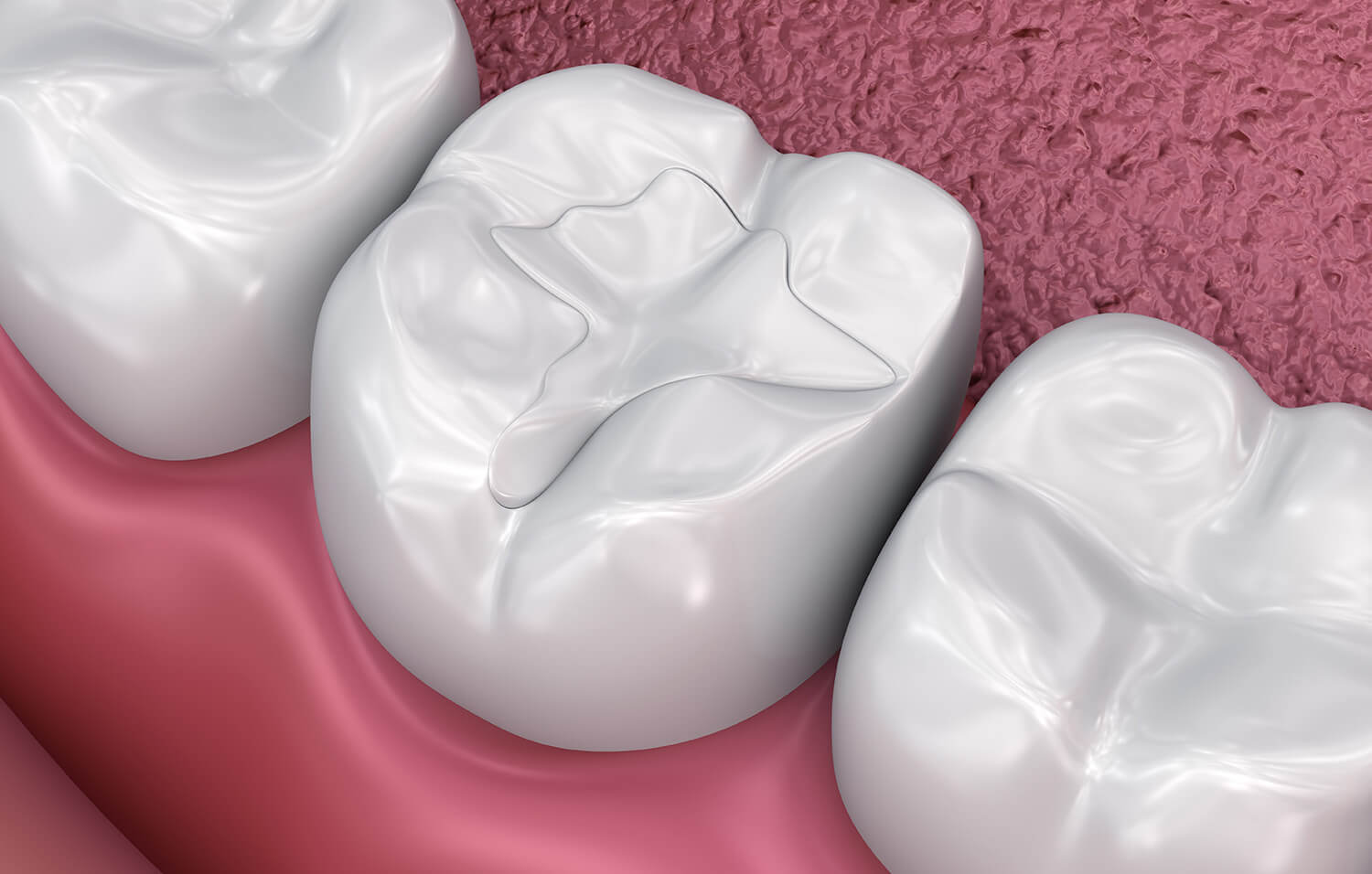Dental cavities, commonly known as tooth decay or caries, are a prevalent oral health issue affecting people of all ages. Despite advancements in dental care, cavities remain a common concern. In this article, we will delve into what dental cavities are, their causes, ways to prevent them, and the available treatments.
What Are Dental Cavities?
Dental cavities are essentially holes or damaged areas in the hard surface of the teeth. They occur when bacteria in the mouth produce acids that erode the tooth enamel—the protective outer layer of the teeth. It can be a problem for children, teens and adults. Plaque, a sticky film of bacteria, constantly forms on your teeth. When you eat or drink foods containing sugars, the bacteria in plaque produce acids that attack tooth enamel. The stickiness of the plaque keeps these acids in contact with your teeth and over time the enamel can break down. This is when cavities can form. A cavity is a little hole in your tooth. If left untreated, cavities can progress, reaching the inner layers of the tooth, leading to pain, infection, and potential tooth loss.
Cavities are prevalent in children, yet the aging process introduces changes that transform cavities into an issue for adults as well. The recession of gums from teeth, coupled with an increased prevalence of gum disease, exposes teeth roots to plaque. Unlike enamel, tooth roots are covered with a softer tissue called cementum, making them more susceptible to decay and heightened sensitivity to touch, hot, and cold sensations. It is not uncommon for individuals over the age of 50 to experience tooth-root decay.
Additionally, decay around the margins or edges of old dental fillings is a common occurrence. Over time, these defective fillings may weaken, leading to fractures and leakage around the edges. Bacteria tend to accumulate in these minute crevices, fostering the buildup of acid and subsequent decay.

Causes of Dental Cavities
Poor Oral Hygiene
Insufficient brushing and flossing allow plaque—a sticky film of bacteria—to accumulate on teeth. The bacteria in plaque produce acids that contribute to enamel erosion.
Dietary Habits
Consuming sugary and acidic foods and beverages can contribute to cavity formation. Bacteria thrive on sugar, producing acids that attack tooth enamel. Additionally, acidic foods and drinks can directly weaken enamel.
Dry Mouth
Saliva plays a crucial role in neutralizing acids and helping to remineralize tooth enamel. A dry mouth, often caused by medications, aging or certain health conditions, can increase the risk of cavities.
Genetics
Some individuals may be more prone to cavities due to genetic factors, including the composition of their saliva and the strength of their tooth enamel.
Consequences of Not Treating Dental Cavities
Pain and Discomfort
One of the initial consequences of untreated dental cavities is pain and discomfort. As cavities progress, they expose the sensitive inner layers of the tooth, leading to heightened sensitivity to hot, cold, and sweet stimuli. Persistent toothaches can significantly impact daily life, affecting eating, speaking, and overall well-being.
Infection and Abscess Formation
When cavities penetrate deep into the tooth, they may reach the pulp—a bundle of nerves and blood vessels at the tooth’s core. This can lead to a bacterial infection, causing swelling, pus formation, and the development of a dental abscess. Dental abscesses are not only painful but can also pose a risk of systemic infection if left untreated.
Spread of Decay to Adjacent Teeth
Neglected cavities don’t stay isolated. Bacteria responsible for tooth decay can spread to neighboring teeth, creating new cavities and compounding the oral health issues. This domino effect can result in a cascade of dental problems that are more challenging and costly to address.
Gum Disease (Periodontitis)
Untreated cavities contribute to the progression of gum disease. The bacteria from cavities can irritate and inflame the gums, leading to gingivitis and, if not addressed, progressing to periodontitis. This condition can cause gum recession, bone loss, and eventually lead to tooth loss.
Tooth Fractures
Cavities weaken the structure of the affected tooth. As decay advances, the risk of tooth fractures increases. A weakened tooth is more susceptible to breakage, especially when subjected to the forces of biting and chewing.
Chronic Bad Breath (Halitosis)
Decaying teeth and the associated bacterial activity contribute to persistent bad breath. This can be socially distressing and impact an individual’s confidence and interpersonal relationships.
Tooth Loss
If left untreated for an extended period, dental cavities can progress to the point where tooth extraction becomes the only viable option. Tooth loss not only affects aesthetics but also impacts oral function, leading to difficulties in chewing and speaking.

How to Prevent Dental Cavities
Good Oral Hygiene Practices
Brushing teeth at least twice a day and flossing daily help remove plaque and prevent the buildup of harmful bacteria.
Balanced Diet
Limiting the intake of sugary and acidic foods and beverages, while incorporating a diet rich in calcium, phosphorus, and vitamins, supports optimal oral health.
Regular Dental Checkups
Routine dental examinations and cleanings allow dentists to detect and address potential issues early on, preventing the progression of cavities. Book your appointment today.
Fluoride Use
Fluoride, whether in toothpaste, mouthwash, or professionally applied, helps strengthen tooth enamel and makes it more resistant to acid attacks.
Treatment of Dental Cavities
Dental Fillings
The most common treatment for cavities involves removing the decayed portion of the tooth and filling the space with materials like composite resin (white fillings). You can find more information on these here.
Dental Crowns
For more extensive decay, a dental crown may be necessary to restore the tooth’s structure and function.
Root Canal Therapy
When cavities reach the tooth’s pulp (innermost layer), a root canal procedure may be performed to remove the infected tissue and save the tooth.
Tooth Extraction
In cases of severe decay or infection, extraction may be the only viable option to prevent the spread of damage to surrounding teeth.

Understanding dental cavities, their causes, and how to prevent them is crucial for maintaining good oral health. With proper oral hygiene practices, a balanced diet, and regular dental checkups, individuals can significantly reduce the risk of developing cavities and enjoy a lifetime of healthy smiles.
If cavities do occur, prompt and appropriate treatment can help preserve and restore dental health. For more information and to book your appointment call us today.
